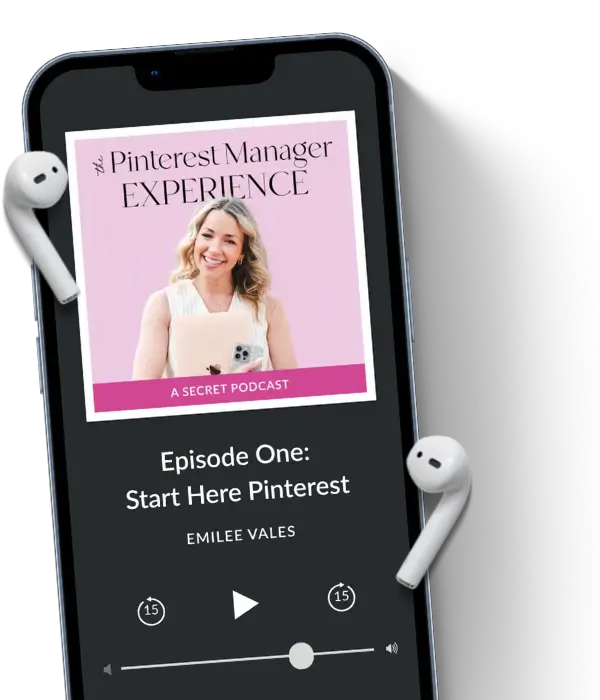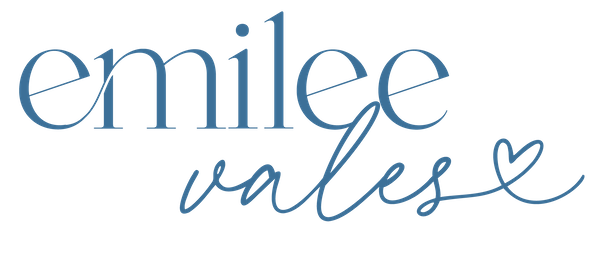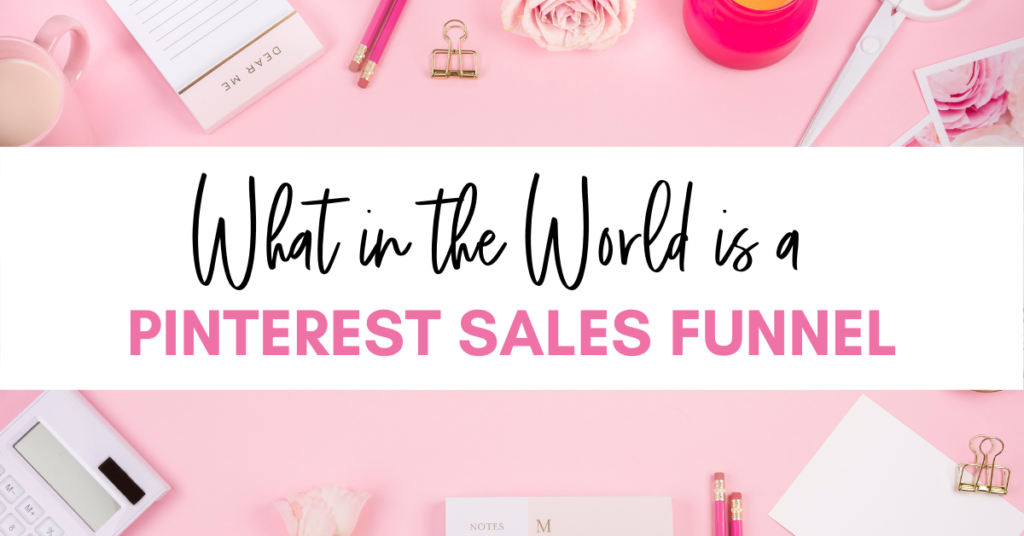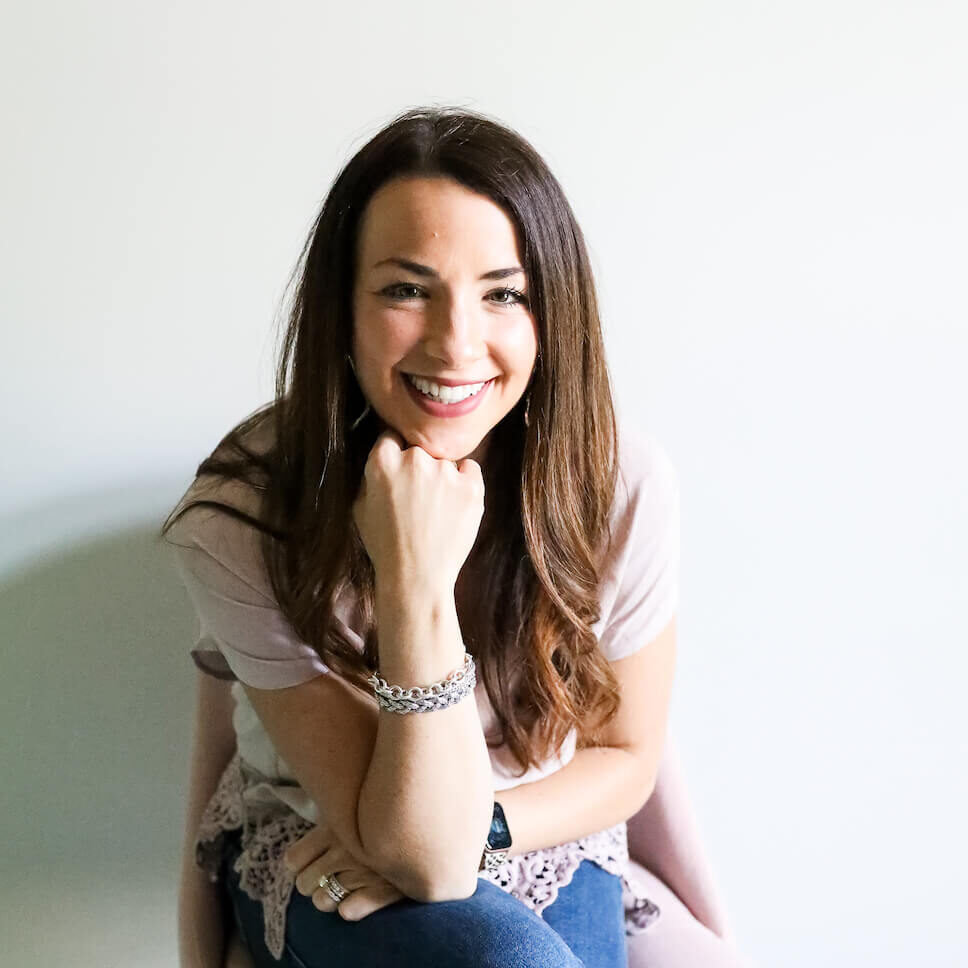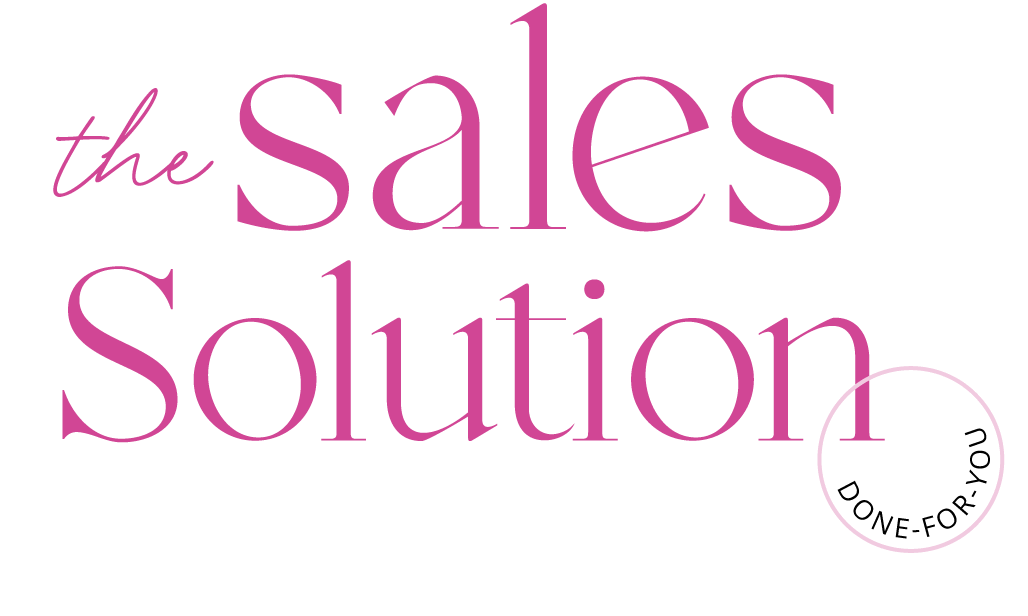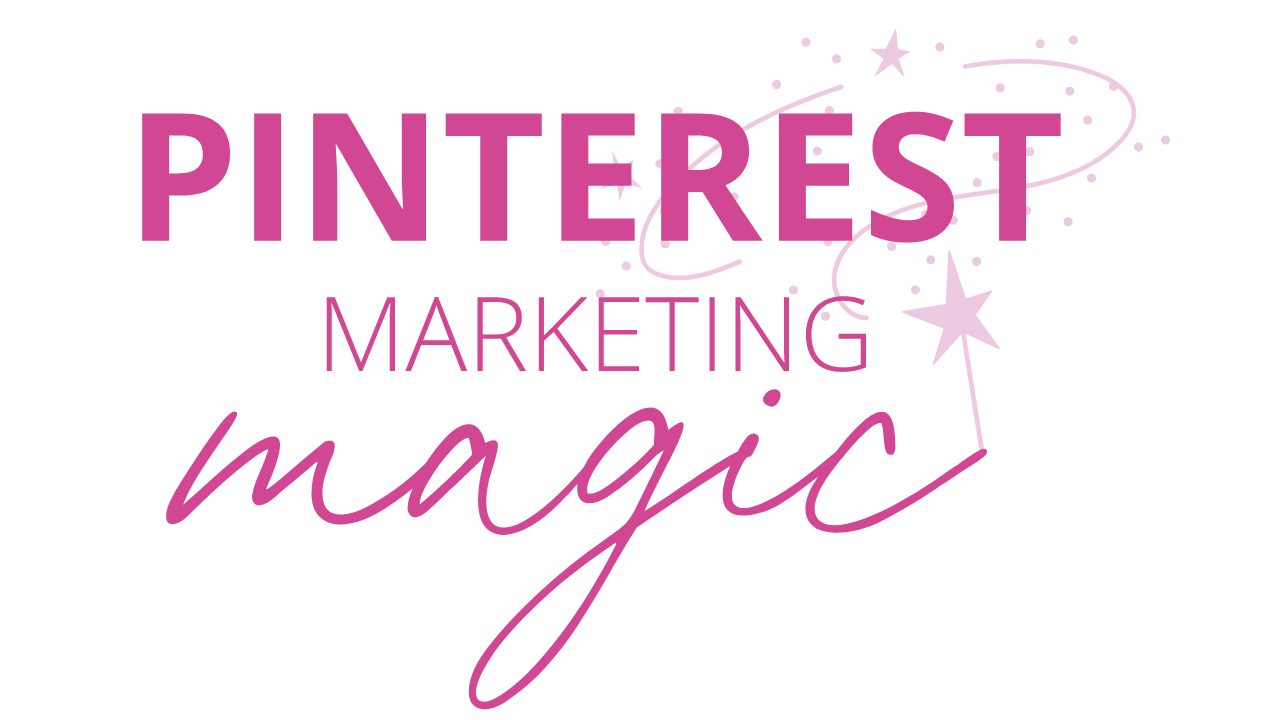You’re probably thinking, “Here we go again Emilee, throwing around these crazy marketing terms!” Girl, I got you – Chances are you already know what this term means, you just don’t call it a “sales funnel”! In this post I will be sharing all about what a Pinterest sales funnel is and offer a real-life example to explain the process.
Know Your Platform
Prior to becoming a Pinterest Strategist, I actually did social media management for a hot minute. Let’s just say, it was not my jam.
The reason this is relevant is that it taught me very early on that what converts for Facebook won’t necessarily convert for Instagram or Pinterest. The reason for this is that people use and interact with each platform in a unique way.
This really makes quite a bit of sense, because each platform serves a different purpose, even if there are overlaps.
So with Pinterest, it’s important to remember that it’s a visual search engine, not social media.
I’ve heard it said before that it’s the “introverts platform”. I’m not really an introvert, but I do get mentally worn out with the noise and negativity of social media.
Sigh, just another reason why I love Pinterest so much. But I digress.
So why is it relevant to differentiate Pinterest from social media? Since it’s a search engine, keywords should be driving your strategy!
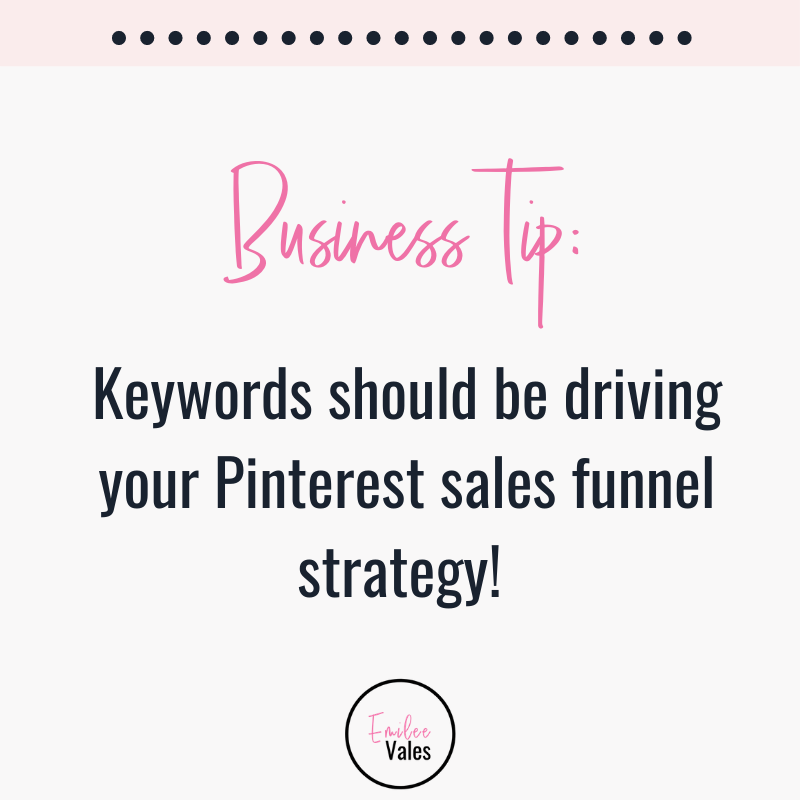
This is the night and day difference from other social media platforms.
Since a search engine and social media are so different, it’s vital that you’re setting up a sales funnel specifically for Pinterest. If you aren’t setting up a sales funnel for Pinterest, you’ll probably be less than wow’d with your Pinterest conversions.
Backup for a Second
In case you need me to go back for a second, let’s establish what I mean when I talk about a sales funnel. Monica Froese, a marketing genius and mentor of mine, said it so well, “a sales funnel is a fancy way to say customer journey”.
That’s it, that’s all a sales funnel is!
Real Talk
So what does a sales funnel look like for Pinterest? Well, let’s think about the series of actions people take when they go to Pinterest. I’ll use myself as an example with something I went through last week.
I have a problem, my banisters are super ugly. They’re original wood, and it’s something I noticed that bothered me, and now I can’t unsee it. Have you ever been there? Ugh, it’s the worst.
I’m a doer, so once I noticed I didn’t like them, I wanted to do something about it…that day. So naturally, I jumped onto Pinterest.
Right away I’ve entered into the “customer journey”. I’m going to Pinterest with my problem, and I do a keyword search and enter in “painted banister railings”. I wanted to not only be inspired, but I also wanted to learn more about what it would entail for me to paint it myself.
After entering in the keywords, I scrolled through the images, and looked for content that grabbed my eye. Something like it was a DIY tutorial for painting a banister. I found a before and after picture on a pin that was exactly what I had in mind!
I clicked the pin and started reading the blog post. The blog post was sharing the step-by-step process, and affiliate links for some of the supplies I would need. I saved the pin to my DIY board and wanted to do a little more research.
I found another pin that mentioned, “what I wish I knew before I painted my railings”. This caught my attention because I would like to avoid pitfalls/headaches.
I did note on this blog post that they shared affiliate links but they also had a pop-up for their free e-book. I found this annoying because I couldn’t click out of it on my phone.
Did You Catch All of That?
Now I know that was a lot, so let’s recap the customer journey, or sales funnel, thus far for Pinterest:
- Customer has a problem, or needs to be inspired, so they head over to Pinterest
- They enter in keywords into the search bar
- They look for pin images that inspire them, or look like the solution to their problem
- They click over to your content, where it’s your time to shine by convincing them to take the action you’re requesting
- You nurture the customer
- You get those sales, baby!

Now, there’s obviously more information and details that go into the Pinterest sales funnel. I’m talking about the nurture sequence, tracking conversion, and more. For now, this is a good jumping-off point for understanding the customer journey on Pinterest.
Sidenotes
I want to mention that having a clear call to action and making sure you’ve optimized where you’re sending the traffic is so important.
Also, take into consideration how your audience and potential customer will feel while on your site. Remember when I said I was annoyed with the pop-up? The pop-up was for an ebook I was not interested in, nor was it relevant. Plus I couldn’t click off of it to read the blog post.
This is an example of a less-than-stellar experience. It increases the likelihood that someone is going to leave or bounce from your site to something more enjoyable for their search.
Final Thoughts
There are a lot of different ways to approach setting up your sales funnel for Pinterest:
- How to make sure you’re presenting the solution to your potential customers’ problem
- How you’ll optimize your content for the search engine so it’s discovered
- And the list goes on…
Well, that’s probably enough to digest for now!
In case you need to chat more about setting up a sales funnel that converts for Pinterest, book a free discovery call with me! If you decide to hand it completely over to an expert, I offer sales funnel setups as a completely done-for-you service.
Until next time girl.
